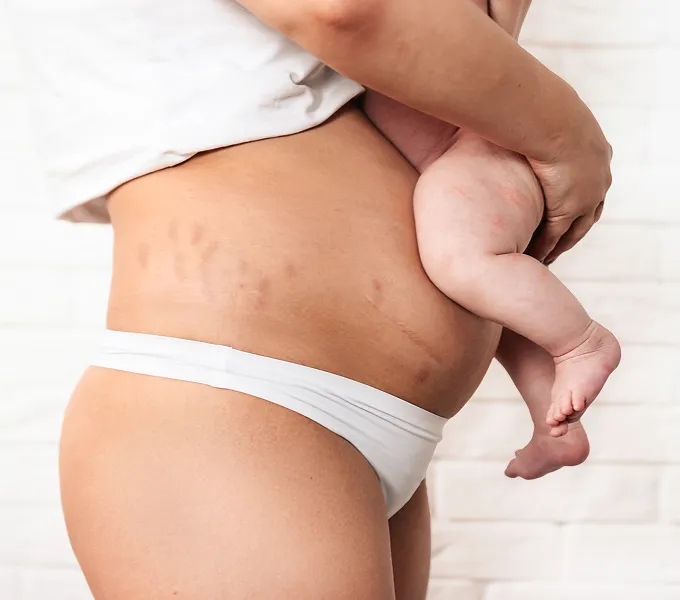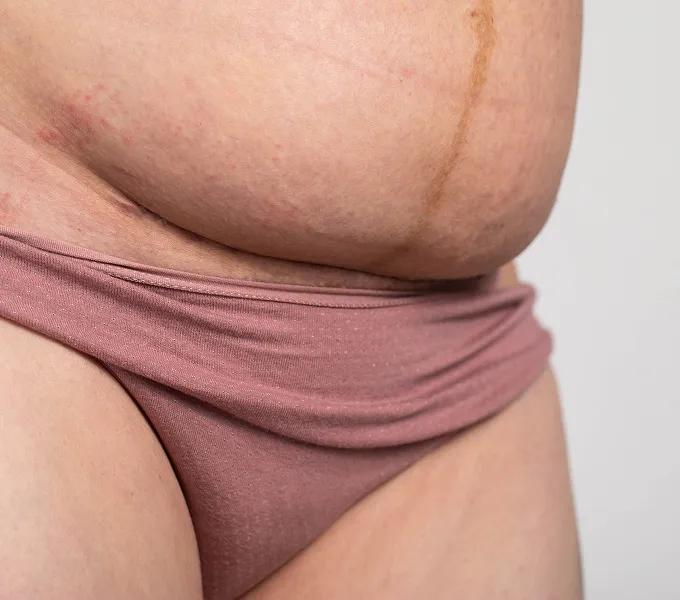
How to Care for Your Baby Without Hurting Your Back
When taking care of a baby or toddler, you can easily spend hours a day hunched over as you lift, lower, carry, cuddle, feed, and clean up — which can strain your poor back to the point of pain and injury. We're here to help!
Physical therapists are masters at helping you learn body mechanics that engage specific muscle groups and redistribute weight, so you don't overtax your back. Some of their favorite childcare tips are listed below, but there's a lot more where they came from. If your body aches during any activity, don't hesitate to book a visit and get some personalized movement coaching.
Bathing baby
Washing a toddler in the tub can involve endless forward leaning that can take a massive toll on your back.
Back-saving tips:
- Positioning yourself at a slight angle to the tub can help you get closer to the baby without having to constantly lean forward.
- Try a half-kneeling tripod position: Get into classic marriage proposal position with a cushioned mat under the knee on the floor.

- Then prop one elbow on your front thigh to provide more stability as you lean forward, over the tub.
- Alternately, consider sitting on the edge of the tub with one foot inside and one foot outside. Then bend at the hips (vs. rounding your back) when you need to lean down to reach the baby.
- Take regular breaks out of a forward-leaning position to reduce excessive strain.
Changing diapers or cleaning bottles at the sink
Regularly hunching over the changing table or sink with a rounded back can lead to a world of hurt.
Back-saving tips:
- Prop a foot up on a small step stool or open a lower cabinet and place your foot on the edge. Switch to your other foot every 5-10 minutes.

- Keep your back as straight as possible, bend your knees slightly, and tilt your upper body forward by hinging at the hips.
- Engage your abdominals to support your lower back.
Lifting baby in and out of the crib
This is tricky, especially as your baby gets bigger/heavier and you lower the height of the crib mattress.
Back-saving tips:
Laying baby down
- Hold your baby close to your chest and move as close as possible to the crib — your knees may even touch the railing.
- Position both feet facing the crib, hips-width apart or wider.
- Engage your abdominal muscles and pelvic floor, then hinge forward at the hips to lower your upper body and baby towards the mattress.
- As you bend, keep your back straight for as long as possible (your abdomen will be pressed up against the crib rail), then use your arms to lower the baby the rest of the way to the mattress.
Lifting baby out
- Position your body right up against the crib, as close as possible to where the baby is.
- Engage your abdominals and hinge slightly forward at the hips, then use your arms to scoot baby closer to the edge of the crib.
- With your core and upper back muscles engaged to help keep your back straight, use your leg muscles to lift baby out, keeping baby as close to you as possible.
- If you’re on the shorter side or the mattress is positioned low, placing one foot on a step stool will help increase your reach with less strain on your back.
Lifting baby, toys, or anything off the floor
The key here is to avoid bending forward with straight legs, which can strain your back.
Back-saving tips:
Lifting baby off the floor
- Start by lowering your body down to baby.
- Bend with your hips and knees and push your glutes back as if you’re about to sit on a chair. (You can even start by squatting all the way down, if that’s easier.)
- Bring the baby close into your body, then use the muscles in your hips and legs to stand.
- To make lifting even easier, move the baby safely onto a chair first.
Cleaning toys off the floor
- To avoid bending over again and again, kick all the toys into one location, close to the box, bag, or shelves where they belong.
- Then kneel or sit next to the pile and put everything away.

- If picking up just a few light objects, try getting down on one knee (classic marriage proposal position) or use a “golfer’s lift” (stand on one leg and keep your back straight as you tilt your upper body forward and extend your other leg behind you for balance).
Unloading baby from the carseat
Without proper mechanics, moving your baby, carseat, or any other heavy item from one surface to another can twist and strain your spine.
Back-saving tips:
- Start with your whole body — including both of your feet — directly facing your baby.
- Bend your knees, engage your abdominals, and hinge forward at the hips (keeping your back as straight as possible) to lower your upper body toward baby.
- When you’re close enough, use your arms to lift baby and hold them close into your chest.
- Use the muscles in your legs and hips to stand up, then move your whole body so that it’s directly facing the other surface.
- Bend your knees, engage your abdominals, and hinge forward at the hips (keeping your back as straight as possible).
- Then use your arms to lower your baby down.
Feeding baby
Making a few small adjustments (and having lots of pillows on hand) will save your neck, back, and wrists from strain.
Back-saving tips:
- Place pillows behind your back and head, as needed, so they're fully supported.
- In whichever position you are feeding baby, use more pillows to raise the baby up to you, instead of leaning your body down toward them.
- Switch sides regularly. This will allow you to rest your body and prevent excess strain on one side.
- To protect your wrists when positioning or holding baby, keep your thumbs in line with your other fingers, and your wrists straight (think: Barbie doll hands). Then engage the larger muscles in your arms and back to support their weight.




